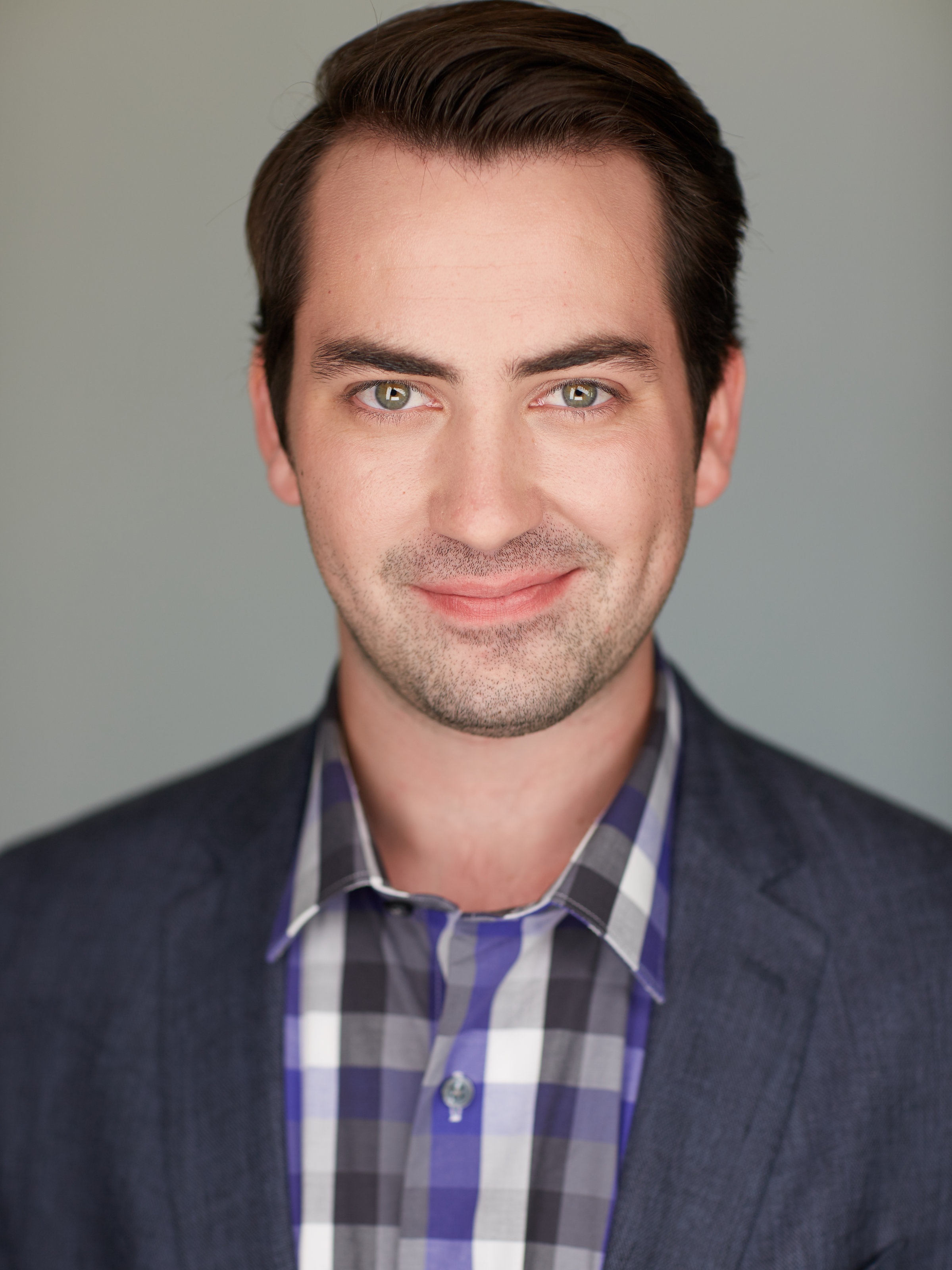Sung in English with projected English text.
Opera Birmingham continues its successful chamber opera series with Independence Eve, a new one-act opera exploring the troubled journey of race relations in America. Comprised of three independent scenes, each taking place on July 3 of different decades in unspecified American cities, Independence Eve focuses on the stories of three character pairings (three black males and three white males), struggling with identity and acceptance amidst issues that span one hundred years of the American experience. This emotional and relevant opera is a tribute to the journey we are all on together.
Please note: This production contains adult themes. We recommend that only high school age and older attend.
Join us one hour before each performance for a Pre-Show Chat with General Director Keith A. Wolfe-Hughes and special guests. Stay with us after the show for a Post-Show Talk-Back with the artists.
Brian Wallin
Tenor
Jorell Williams
Baritone
Cris Frisco
Music Director
Dennis Whitehead Darling
Stage Director
Scene One
Setting: The afternoon of July 3, 1963; a bench on the street of an American city
Characters: Louis, a Negro man, hotel porter, 47 years old; Sam, a Caucasian man, policeman, 47 years old
Lou, on break from a local four-star hotel where he is the chief porter, is spending his usual lunch break on his favorite shady bench. Accompanied by a small transistor radio, he has tuned into a baseball game, which draws the interest of a policeman walking the beat, eager to find a bit of shade in the July heat. While both men listen to the game, they share stilted small talk, about baseball, the stifling heat and the frequent race riots occurring in their city. But the veneer of banal conversation soon comes to an abrupt halt when one man expresses his anger, confusion and pain about the changes happening in his community, exposing fear and bewilderment during the dawn of the civil rights era.
Scene Two
Setting: The afternoon of July 3, 2013; a bench in the park of an American city
Characters: Sean, a black male, investment banker, 27 years old; Joe, a white male, investment banker, 27 years old
Joe and Sean have been friends for years. They grew up together in an affluent suburb, went to high school together, attended the same Ivy League school and pledged the same fraternity. As they meet for lunch in the park, Joe expresses his concern for Sean’s well-being after a recent brush with the police. A few days earlier, Sean became a victim of a random search by police, a ‘Stop and Frisk’ procedure conducted because of a ‘reasonable suspicion.’ Sean describes his frustration at Joe for not understanding the impact the event has had on his life, and as both men struggle to find meaning in the incident, their friendship is tested as the conversation turns to aspects of race that have changed Sean’s way of looking at the world.
Scene Three
Setting: The afternoon of July 3, 2063; a bench in the park of an American city
Characters: Max, an Anglo-Caucasian boy, 10 years old; Phillip, a boy of mixed race, 10 years old
Max and Phillip have finished a game and are waiting to be picked up by their parents. Little League is still an American fixture in the year 2063, but a whole lot else has changed. A global government called ‘The Federation’ is now the new world order, the Polar Ice cap has melted, citizens are chipped at age 10 for identification purposes, and the public school system has become obsolete, leaving children on their own for a nationwide exam that will determine for which of two basic career tracks they are suited. The stakes are very high for Max and Phillip, who struggle to come to grips with the overwhelming pressure to succeed in a world that is increasingly more competitive. Race plays an enormous role in the likely outcome of these two American boys, but like everything else in the future, racism is no longer just a black and white issue.
Synopsis provided by Sidney Marquez Boquiren and Daniel Neer
Our season has been made possible, in part, by grants from Alabama Power Foundation, Alabama State Council on the Arts, The Caring Foundation of Blue Cross and Blue Shield of Alabama, Hugh Kaul Foundation, and National Endowment for the Arts.





